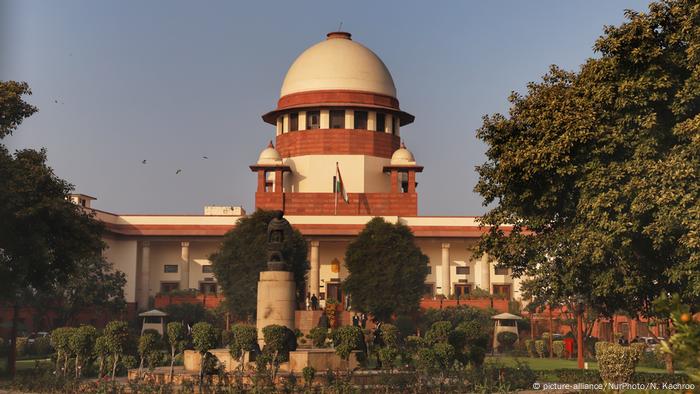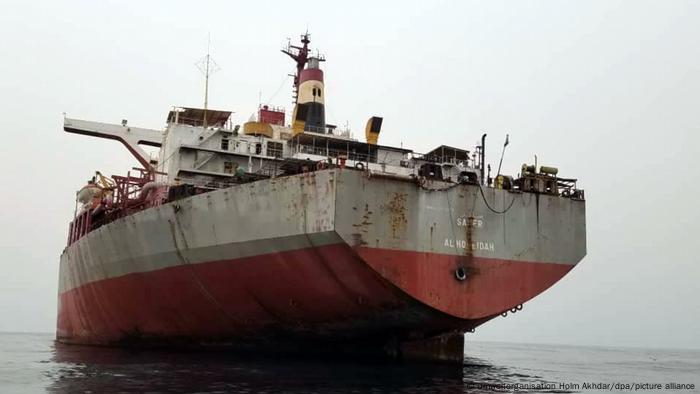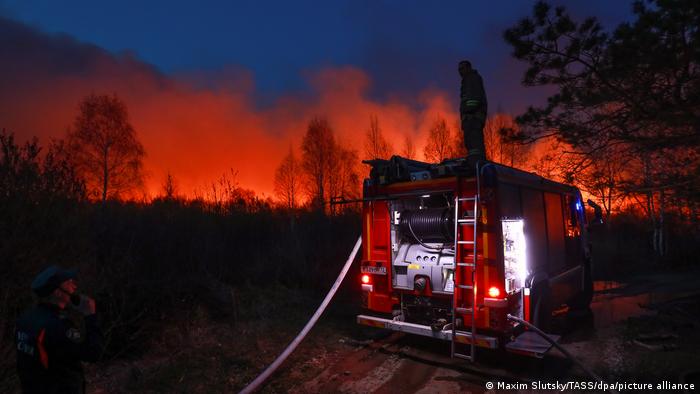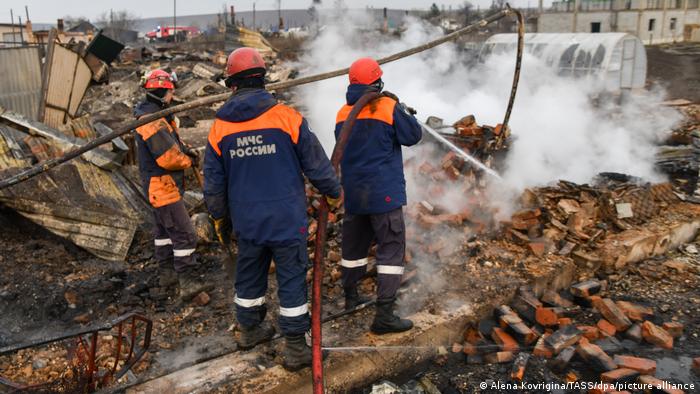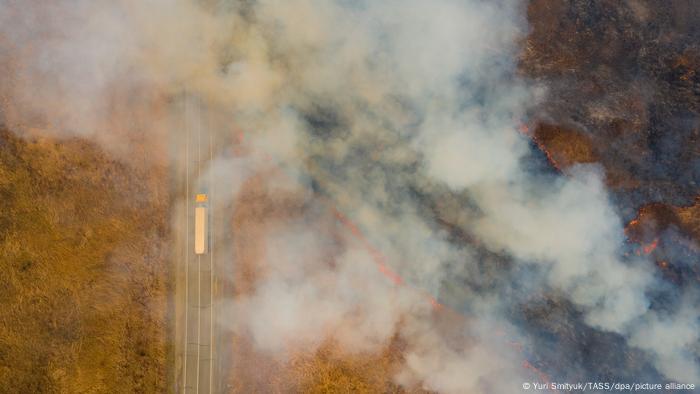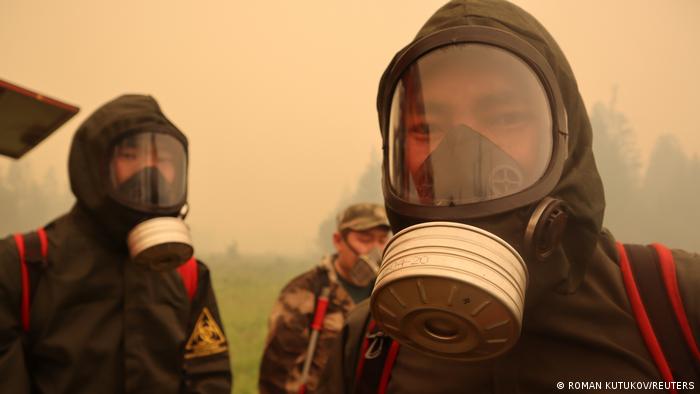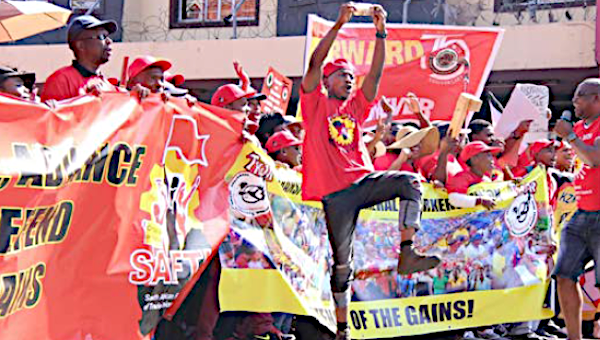Slain Journalist's Funeral Held in Ramallah
The funeral of slain Palestinian-American journalist Shireen Abu Akleh was held in front of a huge crowd at the presidential palace in Ramallah on Thursday, May 12, with President Mahmoud Abbas speaking.
Abu Akleh, a veteran Al Jazeera reporter, was fatally shot while reporting on an Israeli raid in Jenin the previous day, May 11.
Speaking at the event, Abbas said, “We hold the Israeli occupation authorities completely responsible for her killing, and they cannot, with this crime of theirs, remove the truth.” He added, “This crime must not pass without punishment. We indicate that we have refused, and still refuse, a joint investigation with the Israeli authorities, because it committed the crime.”
Abu Akleh’s burial was due to take place in Jerusalem on Friday.
The Israel Defense Forces said they were investigating the shooting death. IDF Chief of the General Staff LTG Aviv Kohavi said it was “at this point not possible to determine the source of the gunfire which hit [Abu Akleh]”.
Israeli Prime Minister Naftali Bennet tweeted that Palestinian gunmen had opened “inaccurate, uncontrolled, and indistinguishable” fire in Jenin.
Speaking from his hospital bed, fellow Al Jazeera journalist Ali Samoudi, who was injured in the shooting, said, “We were not armed, we did not pose a threat to Israeli security, and they did not ask us to leave the area.” He added, “They shot at us when we were right in front of them, as they saw and watched us, and are sure that we are journalists, because we were, five, six, wearing press vests and helmets, and carrying cameras.”
Palestinians planned a memorial service Thursday for journalist Shireen Abu Akleh who was killed while covering an Israeli raid in the West Bank, but have rejected US-led calls for a joint investigation into her death.

Palestinian-American Abu Akleh, 51, a veteran of Qatar-based Al Jazeera's Arabic TV service, was shot in the head during clashes in the Jenin refugee camp, a major flashpoint in the Israeli-Palestinian conflict.
Israel's Defence Minister Benny Gantz conceded late Wednesday that it could have been "the Palestinians who shot her" or fire from "our side" – appearing to walk back Prime Minister Naftali Bennett's remarks that she was "likely" killed by stray Palestinian gunfire.
"We are not certain how she was killed but we want to get to the bottom of this incident and to uncover the truth as much as we can," Gantz told reporters.
Al Jazeera, Palestinian officials and witnesses said Abu Akleh was killed by Israeli forces, and the network insisted she was targeted "deliberately" and "in cold blood".

School girls visit the site where veteran Al Jazeera Palestinian journalist Shireen Abu Akleh was shot dead while covering an Israeli army raid in the occupied West Bank, in Jenin on May 12, 2022
Israel has publicly called for a joint investigation into the killing and asked Palestinian authorities to hand over the bullet that struck Abu Akleh for forensic examination.
An Israeli security source told AFP that Israel was prepared to examine the projectile in front of Palestinian and US officials, "out of transparency".

Israeli security forces detain a Palestinian during a protest condemning the death of Shireen Abu Akleh in the Palestinian neighbourhood of Beit Hanina in Israeli-annexed east Jerusalem on May 11, 2022
'High transparency'
The European Union has urged an "independent" probe while the United States demanded the killing be "transparently investigated", calls echoed by UN human rights chief Michelle Bachelet.
An initial autopsy and forensic examination were conducted in Nablus in the Israel-occupied West Bank hours after her death, but no final conclusions have been disclosed.
Senior Palestinian Authority official Hussein Al-Sheikh, a close confident of president Mahmoud Abbas, has ruled out a joint probe.
"Israel has requested a joint investigation and to be handed over the bullet that assassinated the journalist Shireen. We refused that, and we affirmed that our investigation would be completed independently," Al-Sheikh said on Twitter.
"We will inform her family, #USA, #Qatar and all official authorities and the public of the results of the investigation with high transparency. All of the indicators , the evidence and the witnesses confirm her assassination by #Israeli special units."

A Palestinian woman holds a photograph of slain veteran Al Jazeera journalist Shireen Abu Akleh, as her body is carried toward the offices of the news channel in the West Bank city of Ramallah, on May 11, 2022
'Sister of all Palestinians'
Abu Akleh rose to prominence for Arabic audiences after joining Al Jazeera in 1997 and through her coverage of the second Palestinian Intifada, or uprising, from 2000-2005.
"She was the sister of all Palestinians," her brother Antoun told AFP at the family home in Israeli-annexed east Jerusalem.
"What happened cannot be silence ... She will not be forgotten."

A woman lights a candle in front of a poster depicting veteran Al-Jazeera journalist Shireen Abu Akleh at the the Church of the Nativity in the West Bank biblical city of Bethlehem on May 11, 2022
In a sign of her status among Palestinians, she was set to receive what the Palestinians labelled a full state memorial at the presidential compound in Ramallah on Thursday morning.
Her death came nearly a year after an Israeli air strike destroyed a Gaza building that housed the offices of Al Jazeera and news agency AP.
A total of 31 Palestinians and three Israeli Arabs have died during the same period, according to an AFP tally, among them perpetrators of attacks and those killed by Israeli security forces in West Bank operations.
(AFP)
